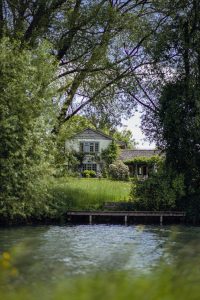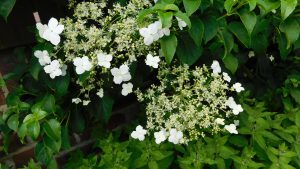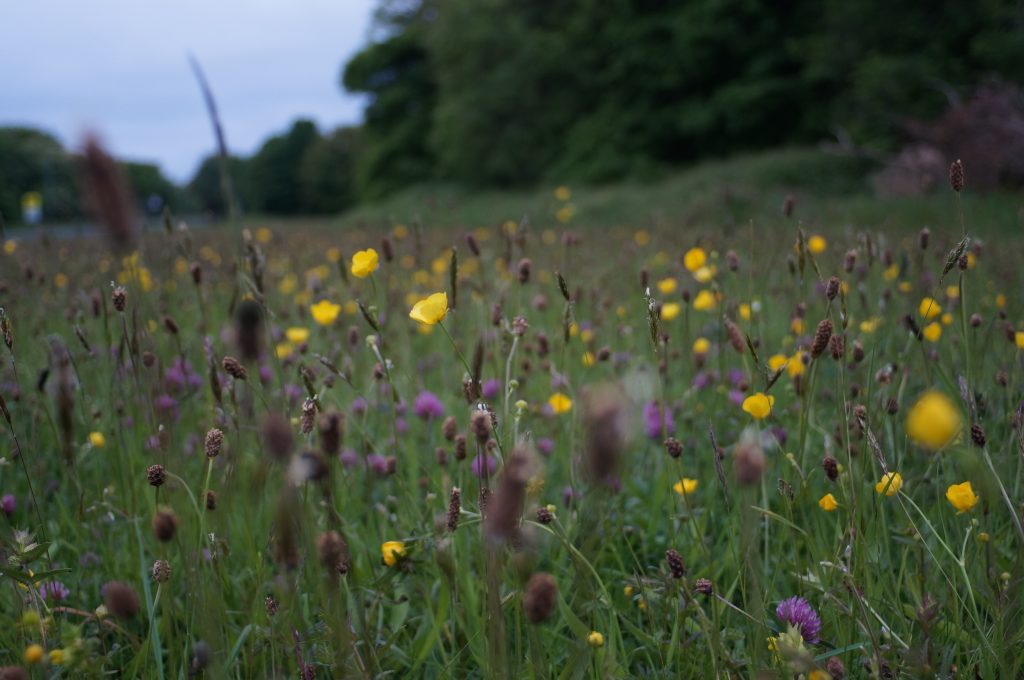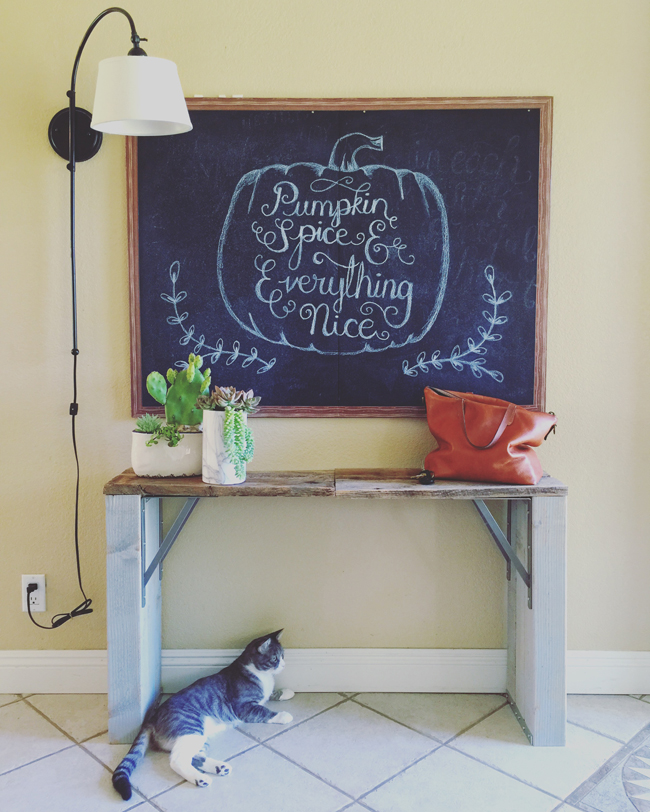Are you interested in preserving the biodiversity of UK gardens? If so, there are several tips that can help you make a positive impact. From planting native plants to providing habitats for wildlife, there are simple and effective ways to create a eco-friendly garden. By implementing these suggestions, you can contribute to the preservation of biodiversity in UK gardens and play a role in creating a healthier environment for all living creatures.
Table of Contents
ToggleCreate a Wildlife-friendly Habitat
Creating a wildlife-friendly habitat in your garden is a wonderful way to support and preserve biodiversity. By providing a suitable environment for various species to thrive, you can contribute to the overall health and balance of the ecosystem. Here are some key tips to help you create a wildlife-friendly habitat in your UK garden.
Plant Native Species
One of the most important steps in creating a wildlife-friendly habitat is to plant native species. Native plants are well adapted to the local climate and provide food and shelter for a wide range of wildlife, including birds, insects, and small mammals. By planting a variety of native flowers, shrubs, and trees in your garden, you can attract and support a diverse array of wildlife.
Provide Shelter
Another essential aspect of a wildlife-friendly habitat is providing shelter for animals. You can do this by incorporating features such as birdhouses, bat boxes, hedgehog homes, and log piles into your garden. These features offer safe spaces for various creatures to nest, roost, and hibernate. Creating a habitat that offers a range of shelter options will attract a greater diversity of wildlife to your garden.
Add Water Sources
Water is vital for all living beings, and by providing water sources in your garden, you can greatly enhance its wildlife-friendliness. This can be done by installing a birdbath, a shallow pond, or even a small water feature. By ensuring a reliable water source, you will attract birds, butterflies, bees, and other insects that rely on water for drinking and bathing. Remember to keep the water clean and fresh, as stagnant water can become a breeding ground for mosquitoes.
Avoid Chemicals
Chemicals such as pesticides and herbicides can be harmful to wildlife, especially beneficial insects like bees and butterflies. To maintain a wildlife-friendly habitat, it is important to avoid or minimize the use of chemicals in your garden. Here are some tips on how to do so.
Use Organic Pest Control
Instead of relying on chemical pesticides, opt for organic pest control methods. This can include introducing natural predators to control pests, using insecticidal soaps or neem oil, and practicing companion planting. By encouraging a balanced ecosystem with natural pest control methods, you can reduce the need for harmful chemicals while still keeping your garden healthy and productive.
Avoid Pesticides and Herbicides
Pesticides and herbicides should be avoided whenever possible, as they can harm a wide range of wildlife, not just targeted pests or weeds. Instead of using these chemicals, consider alternative approaches to managing weeds and pests, such as hand-pulling weeds and using mulch to suppress weed growth. By reducing chemical use in your garden, you can protect not only the wildlife that visits your garden but also the surrounding environment.
Maintain a Variety of Habitats
To attract and support diverse wildlife, it is important to maintain a variety of habitats within your garden. By creating different layers, planting flowering bulbs for year-round nectar, and maintaining a patch of long grass, you can maximize the ecological value of your garden.
Create Different Layers
Different layers in your garden, such as tall trees, shrubs, and groundcover plants, provide habitat diversity and cover for various animals. Trees can offer nesting sites for birds, while shrubs provide shelter and food sources. Groundcover plants, such as low-growing flowers and grasses, create additional habitat and can support a range of insects and small mammals. By incorporating these different layers into your garden design, you can create a more dynamic and wildlife-friendly environment.
Plant Flowering Bulbs for Year-round Nectar
Flowering bulbs are not only beautiful additions to your garden but also provide valuable nectar sources for insects and birds. By selecting bulbs that bloom at different times throughout the year, you can ensure a consistent supply of nectar. This will support pollinators like bees and butterflies, which are essential for the reproduction of many plants. Consider planting a variety of bulbs, such as snowdrops, crocuses, daffodils, and alliums, to provide nectar from early spring to late autumn.
Maintain a Patch of Long Grass
Keeping a patch of long grass in your garden can provide a valuable habitat for a variety of wildlife. Many insects, such as grasshoppers and crickets, thrive in long grass, and it also offers shelter for small mammals like voles and shrews. Long grass can also serve as a valuable hunting ground for birds and a potential nesting site for ground-dwelling birds like the linnet. By allowing a portion of your lawn to grow longer, you can create a valuable habitat and contribute to biodiversity in your garden.
Encourage Birds and Insects
Birds and insects play essential roles in maintaining a healthy ecosystem, and by encouraging their presence in your garden, you can help support biodiversity. Here are some tips on how to attract and provide for birds and insects in your UK garden.
Install Bird Feeders
Installing bird feeders is a simple and effective way to attract a variety of bird species to your garden. Different types of feeders can accommodate different bird species, so consider providing a range of options. Fill the feeders with a variety of birdseed and nuts, and make sure to clean the feeders regularly to prevent the spread of diseases. By offering a reliable source of food, you can create a bird-friendly environment that will be visited by various species throughout the year.
Provide Nesting Opportunities
To encourage birds to stay in your garden and potentially breed, it is important to provide suitable nesting opportunities. This can be done by installing birdhouses or nest boxes designed for specific bird species. Different birds have different preferences for nest sites, so research the requirements of the species you would like to attract. Placing the boxes in quiet and sheltered areas will increase the chances of birds choosing to nest in your garden.
Plant Butterfly and Bee-friendly Flowers
Butterflies and bees are important pollinators, and by planting a variety of flowers that provide nectar and pollen, you can attract and support these vital insects. Choose flowers with different blooming times to ensure a continuous food source for butterflies and bees throughout the year. Native flowering plants are usually the best choice, as they are well adapted to the local environment and provide the most suitable food sources for native insects. Examples of butterfly and bee-friendly plants include lavender, buddleia, marjoram, and foxglove.
Create a Pond
A pond can be a fantastic addition to a wildlife-friendly garden, offering a unique habitat for a whole host of creatures. By designing a wildlife-friendly pond, adding marginal and floating plants, and providing access ramps, you can create a valuable aquatic ecosystem in your own backyard.
Design a Wildlife-friendly Pond
When designing a pond, there are several factors to consider to make it wildlife-friendly. Ensure that your pond has gently sloping sides to allow easy access for animals, such as frogs and hedgehogs. Incorporate areas with different depths to cater to various species’ needs. Providing some shade, either through planting trees nearby or adding floating plants, can help regulate the water temperature and prevent excessive algae growth. Adding rocks or logs around the edges of the pond will create additional habitat areas for amphibians, reptiles, and insects.
Add Marginal and Floating Plants
Marginal and floating plants are crucial for a healthy pond ecosystem as they provide cover, food, and nesting sites for many different species. Marginal plants, which grow at the edge of the pond, can include water irises, rushes, and water forget-me-nots. These plants offer shelter for amphibians and insects and create a natural transition between the water and the land. Floating plants, such as water lilies, water hyacinths, and duckweed, not only provide shade and reduce algae growth but also offer havens for insects, fish, and amphibian larvae.
Provide Access Ramps
Making sure animals can safely access and exit your pond is essential, especially for creatures that may accidentally fall in. To facilitate their escape, provide access ramps such as gently sloping rocks or logs. These ramps allow animals like hedgehogs and frogs to easily climb out of the water and avoid drowning. By providing access ramps in your pond, you can ensure a safer environment for wildlife and increase the pond’s overall biodiversity.
Use Sustainable Gardening Practices
Practicing sustainable gardening can greatly benefit the environment while still allowing your garden to thrive. By composting green waste and using rainwater harvesting, you can reduce your environmental impact and create a more eco-friendly garden.
Compost Green Waste
Composting is a fantastic way to recycle your garden’s green waste, such as kitchen scraps, leaves, and pruned branches. By composting these materials instead of sending them to a landfill, you can create nutrient-rich compost to improve your soil and support healthy plant growth. By returning organic matter to the soil, you create a more sustainable and self-sufficient gardening system. Remember to avoid adding any meat or dairy products to your compost, as they can attract pests and lead to unpleasant odors.
Use Rainwater Harvesting
Water is a precious resource, and by utilizing rainwater harvesting techniques, you can reduce your reliance on mains water and conserve this valuable commodity. Install a rain barrel or water butt to collect rainwater from your roof, and use it to water your garden during dry periods. This helps reduce water waste and saves on water bills. By using rainwater and reducing the demand for mains water, you can contribute to a more sustainable garden and minimize your ecological footprint.
Reduce Light Pollution
Light pollution can have a significant impact on wildlife, disrupting natural light cycles and affecting various species, such as birds, bats, and insects. By taking steps to reduce light pollution in your garden, you can create a more conducive environment for wildlife and support their natural behaviors.
Install Motion Sensor Lighting
Motion sensor lighting is an excellent way to reduce unnecessary light pollution. By installing motion sensor lights, you can ensure that outdoor areas are only illuminated when needed, such as when someone is present. This helps minimize light pollution during the night, allowing nocturnal animals to continue their activities without unnecessary disturbance.
Choose Low-intensity Outdoor Lighting
When selecting outdoor lighting for your garden, opt for low-intensity options. Low-intensity lighting reduces the amount of light emitted and helps to preserve the natural darkness of the night sky. By selecting fixtures that have shielded or downward-facing lights, you can direct the light where it is needed while minimizing light spillage that could disrupt wildlife.
Manage Weeds and Invasive Species
Managing weeds and invasive plants is crucial to maintaining a healthy garden ecosystem. Weeds compete with native plants for resources, and invasive species can outcompete and displace native vegetation, leading to a decline in biodiversity. Here are some tips on how to effectively manage weeds and invasive plants in your garden.
Hand-pull Weeds
For small-scale weed control, hand-pulling weeds can be an effective and environmentally friendly method. By pulling weeds by hand, you can remove them at the root, preventing regrowth. Be sure to remove the entire weed, including the roots, to prevent any new growth. Regularly inspect your garden for weeds and address them promptly to prevent them from spreading and taking over your garden.
Control Invasive Plants
Invasive plants can quickly establish themselves and outcompete native species, which can have detrimental effects on biodiversity. To control invasive plants, it is important to take action as soon as you notice them in your garden. This can be done through methods such as digging them out, cutting them back, or using targeted herbicides. However, when using herbicides, it is crucial to follow the instructions carefully and select products that are specifically designed for the particular invasive plant you are dealing with. Always prioritize the protection of native plants and wildlife when managing invasive species.
Encourage Hedgehogs
Hedgehogs are charming and beneficial creatures that can help control pests in your garden. By providing hedgehog-friendly features and creating hedgehog highways, you can encourage these spiky visitors to make your garden their home.
Provide Hedgehog-friendly Features
To attract hedgehogs to your garden, it is important to provide the right features and conditions. Hedgehogs need access to shelter and food, so create spaces where they can nest and hide, such as log piles, leaf piles, or specially designed hedgehog houses. Ensure there are gaps in your fences to allow hedgehogs to freely roam between gardens. Reduce the use of chemicals in your garden, as hedgehogs can be harmed by pesticides and herbicides. By creating a hedgehog-friendly environment, you can contribute to the conservation of these endearing creatures.
Create Hedgehog Highways
Hedgehog populations are declining, partly due to the fragmentation of their habitats. To help hedgehogs move freely and find food, water, and potential mates, create hedgehog highways in your garden. These are simply small holes or gaps in fences or other barriers that allow hedgehogs to pass from one garden to another. By connecting gardens and creating a network of hedgehog-friendly spaces, you can help hedgehogs overcome barriers and increase their chances of survival.
Educate and Share Knowledge
Sharing knowledge and experiences with others is a valuable way to promote wildlife-friendly practices and inspire others to create their own biodiverse gardens. By joining gardening groups and sharing tips, you can become part of a supportive community of like-minded individuals.
Join Gardening Groups
Joining local gardening groups or organizations can provide you with a wealth of knowledge and resources to enhance your wildlife-friendly garden. These groups often organize workshops, talks, and garden visits where you can learn from experienced gardeners and exchange ideas with fellow enthusiasts. Being part of a gardening community allows you to stay up to date with the latest practices and engage in discussions about biodiversity conservation.
Share Tips and Experiences with Others
Sharing your experiences and knowledge with others is a powerful way to inspire change and encourage the adoption of wildlife-friendly gardening practices. Whether it’s through social media, garden tours, or informal chats with friends and neighbors, sharing your successes, challenges, and tips can help others understand the value of creating a biodiverse garden. By sparking conversations and promoting the importance of biodiversity, you can contribute to a wider movement towards a more sustainable and wildlife-friendly approach to gardening.
In conclusion, preserving the biodiversity of UK gardens is vital for the health of our environment and the well-being of wildlife. By following these tips and creating a wildlife-friendly habitat, avoiding harmful chemicals, maintaining diverse habitats, encouraging birds and insects, creating a pond, using sustainable gardening practices, reducing light pollution, managing weeds and invasive species, encouraging hedgehogs, and sharing knowledge, you can play a crucial role in supporting and conserving biodiversity in your own backyard. Embrace the beauty and wonder of nature in your garden and enjoy the vibrant and harmonious ecosystem that will flourish as a result.









